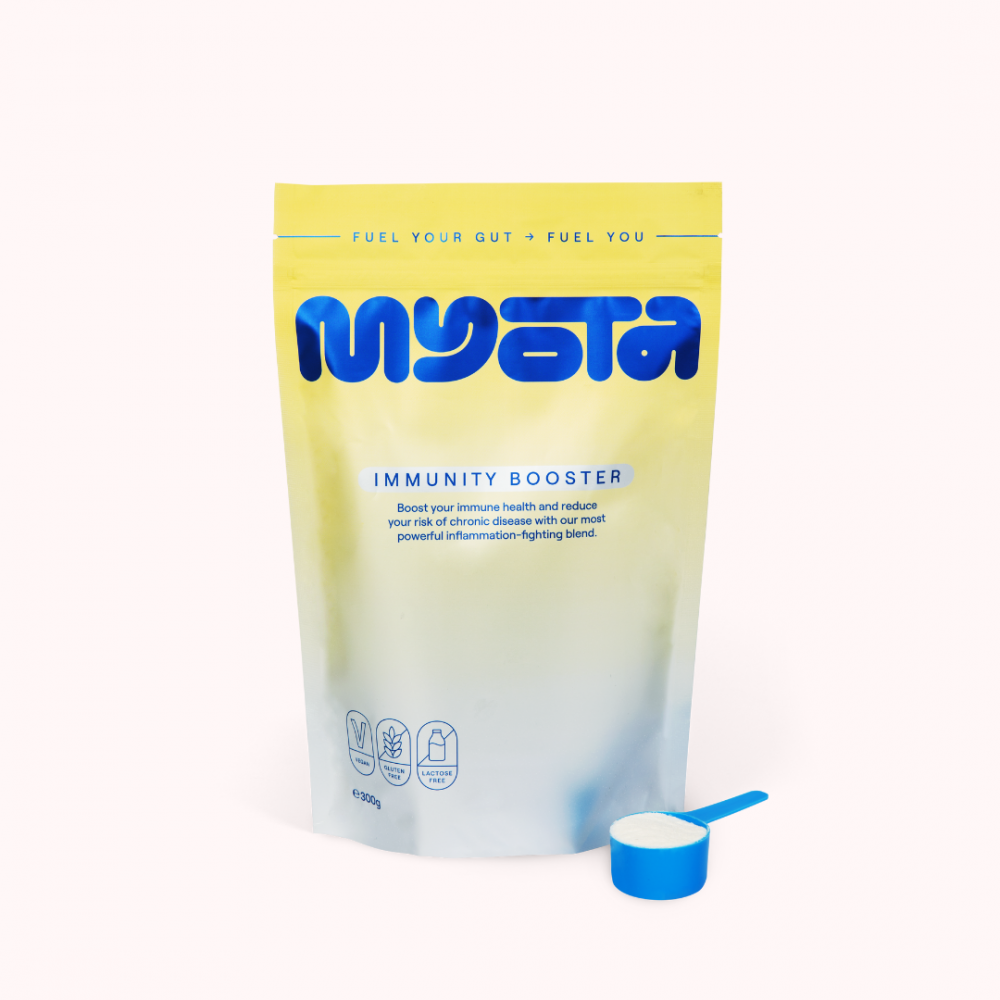
Menopause - from French ménopause, from Latin menopausis, equivalent to meno- + pause.
Menopause - from French ménopause, from Latin menopausis, equivalent to meno- + pause.
What is currently a hot health topic, is in fact a life stage that women have been experiencing since millennia. Menopause: A natural biological process that marks the end of a woman’s reproductive years, typically occurring between 45 and 55.
During menopause, the body experiences a decline in the production of hormones, oestrogen and progesterone. Most women transitioning into this phase will notice both physical and emotional signs, including hot flushes, night sweats, fatigue, mood swings, low libido, and sleep disturbances. Lesser- known symptoms include the hormone - digestion connection.
How can hormones impact digestion?
Stress, and lower levels of oestrogen and progesterone can slow down the process of food moving through the gastrointestinal (GI) tract, and unfortunately, when digestive processes take that much longer, may create a predisposition for constipation, flatulence, and bloating. In addition, this shift in hormones may lead to a decrease in intestinal microbiota – the bacteria living within the GI tract, which are particularly important for our overall health and wellbeing.
How can we ease digestive discomfort during the menopause and improve microbiome balance?
A good first step is to gradually increase dietary fibre. There are 2 types of fibre: soluble and insoluble, and although they have different gut-loving functions, both are super important for digestive health.
Dietary fibre has many health benefits, it feeds the probiotic colonies, sustains bowel movement regularity, improves stool transit time, and regulates blood sugar balance. Evidence also shows that fibre can help regulate levels of estrogen, progesterone and testosterone via the GI tract, ovaries, and liver. Lignin is an insoluble fibre that has the clever ability to bind to excess oestrogen in the GI tract and prepares it for elimination, so that it isn’t reabsorbed back into the body. However, if we do not have adequate beneficial gut bacteria, the oestrogen can be reabsorbed back into circulation, therefore, feeding your gut microbiome with fiber-rich foods is key. Fibre has also been shown to help regulate appetite by increasing the sensation of fullness (satiety) which may help with weight management.
High-fibre foods, like oats, chia seeds, quinoa and fruits, are a great way to support hormone and metabolic health during menopause.
Daily fibre recommendations for adults in the UK is currently around 30g per day, but most of us barely reach 20g per day. However, there’s lots of practical ways we can increase our daily amount. Maybe try swapping some of your food choices to more fibre-rich varieties, and ensure you have a portion of vegetables with each meal.
Some top fibre-rich foods include - Oats, wheat bran, wholemeal bread, linseed (Flax), chia seeds, quinoa, beans, pulses, almonds, sunflower seeds, bananas, potatoes (skin on is best), onions, garlic, asparagus, figs and strawberries.
And last but no means least, hydrate, hydrate, hydrate! – Water is your friend. it’s super important to stay well hydrated when increasing your fiber intake, to avoid gut issues such as constipation, bloating and flatulence.
Although menopause is an inevitable transition of a women life, there are nutrition and lifestyle changes that could make this chapter a lot more manageable. A delightful thought.
